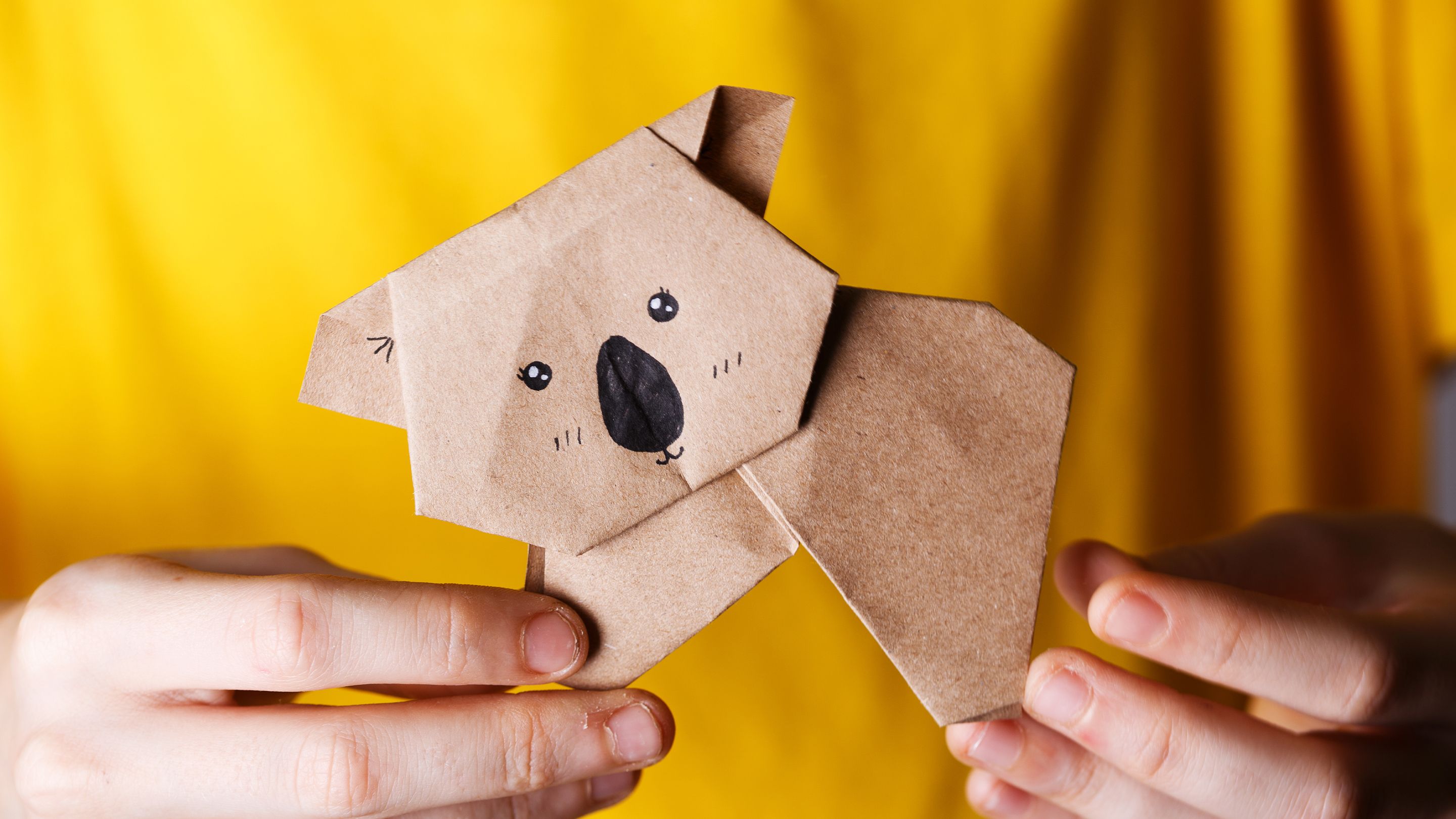
Step 7: Fold along the dotted line as shown in the image.

Step 5: Open the dotted line part and flatten. Step 1: Take a square piece of paper and fold it in half, make a crease, and fold back. Step 11: Fold along the dotted line as shown in the image. Step 9: Fold backward along the dotted line as shown in the image. Step 8: Fold inside the dotted line as shown in the image. Step 5: Fold along the dotted line as shown in the image. Step 3: Open the dotted line part and flatten, as shown in the image. Step 1: Take a square piece of paper and fold it in half, make a crease, and fold back. Step 7: Fold backward along the dotted line. Step 2: Fold along the dotted line as shown in the image. Step 1: Take a square piece of paper and fold it in half. Step 8: Fold along the dotted line as shown in the image. Step 7: Fold along the dotted line as shown in the image. Step 6: Fold along the dotted line as shown in the image. Step 3: Fold along the dotted line as shown in the image. Step 2: Fold to make a crease and fold back. Step 1: Take a square piece of paper and fold it in half, twice, to make a crease. Here are some great paper folding craft ideas for you to practice with your children: 1. No glue, no mess and you get a beautiful piece of craft, that your kids will love to display in their room. And the best part about this craft is that all it requires is a piece of paper and some deft fingers. Practicing paper folding stimulates the child's imagination, improves their spatial awareness, hand-eye coordination, memory, and concentration, and is a great way to build patience and perseverance.

In fact, there is an interesting story in Japan that if a person makes 1000 paper cranes, they will be granted one special wish. It is an ancient art form that is not only incredibly exciting for children to do, but also great for their cognitive and motor development skills. Paper folding, however, is so much more than mere paper boats. A lot of us must have made paper boats as children.


 0 kommentar(er)
0 kommentar(er)
